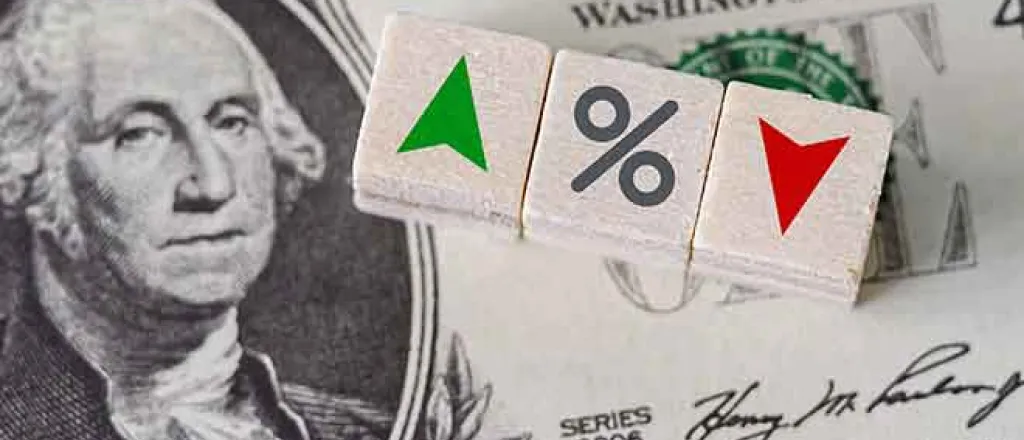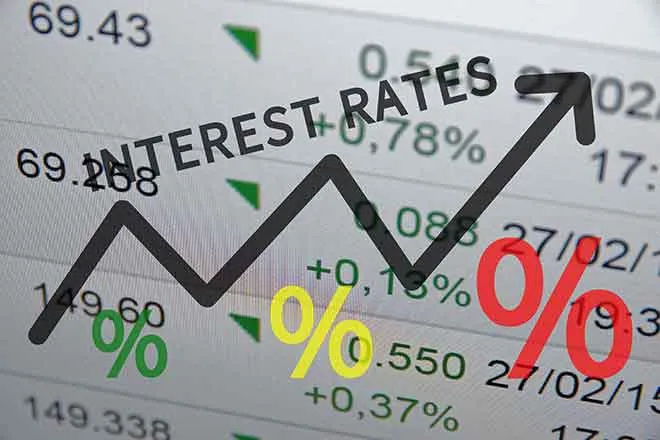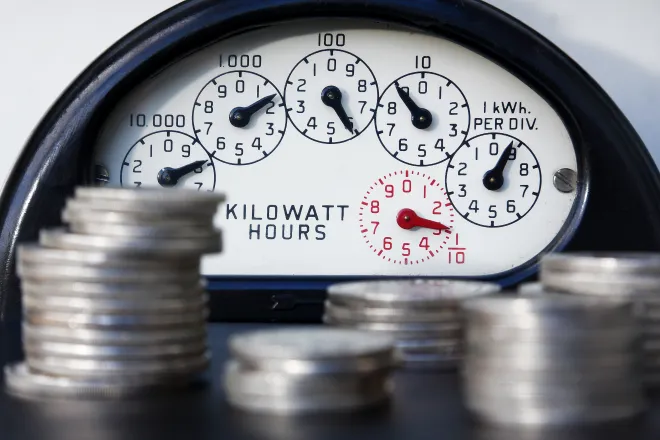
46 states saw GDP decline in first quarter of this year
(The Center Square) – Forty-six of the 50 U.S. states saw a decline in gross domestic product in the first quarter of 2022, newly released federal data shows.
The Bureau of Economic Analysis reported Thursday that only Massachusetts, Michigan, New Hampshire and Vermont bucked the trend with increases in GDP in the first three months of this year.
Data released earlier this week showed that U.S. GDP decreased by 1.6 percentU.S. economy shrank by 1.6 percent as Americans' disposable income, savings decreased overall in the first quarter, but states’ GDPs varied because of a range of factors.
“Mining, quarrying, and oil and gas extraction contributed decreases in 49 states,” the Bureau of Economic Analysis said. “This industry was the leading contributor to the decreases in 10 states, including Wyoming, Alaska, North Dakota, West Virginia, and New Mexico – the 5 states with the largest decreases in real GDP. Government and government enterprises was the leading contributor to the increases in New Hampshire and Massachusetts – the states with the largest and third-largest increases in real GDP, respectively.
“Agriculture, forestry, fishing, and hunting was the leading contributor to the increase in Vermont – the state with the second-largest increase,” BEA added, saying that utilities were “the leading contributor to the increase in Michigan – the only other state with an increase.”
Meanwhile, the Personal Consumption Expenditure, a key BEA indicator for inflation, showed what other federal inflation markers have shown: higher inflation in the last year.
“The PCE price index for May increased 6.3 percent from one year ago, reflecting increases in both goods and services…” BEA said. “Energy prices increased 35.8 percent while food prices increased 11.0 percent. Excluding food and energy, the PCE price index for May increased 4.7 percent from one year ago.”
Americans also experienced a decrease in their savings and disposable income in the first quarter of 2022.
“Disposable personal income decreased $58.8 billion (revised), or 1.3 percent, in the first quarter, in contrast to an increase of $72.4 billion, or 1.6 percent, in the fourth quarter,” BEA said. “Real disposable personal income decreased 7.8 percent (revised), compared with a decrease of 4.5 percent. Personal saving was $1.02 trillion in the first quarter (revised), compared with $1.45 trillion in the fourth quarter. The personal saving rate – personal saving as a percentage of disposable personal income – was 5.6 percent (revised) in the first quarter, compared with 7.9 percent in the fourth quarter.”
















